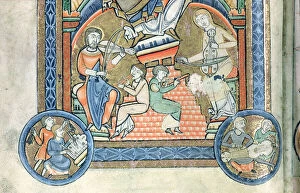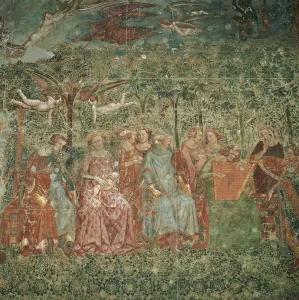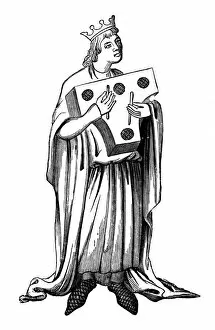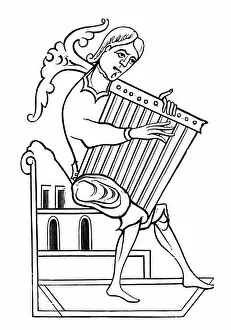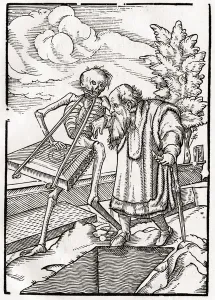Psalterion Collection
The psalterion, also known as the psaltery, is a fascinating musical instrument that has been depicted in various forms of art throughout history
All Professionally Made to Order for Quick Shipping
The psalterion, also known as the psaltery, is a fascinating musical instrument that has been depicted in various forms of art throughout history. In the Hunterian Psalter from around 1170, we can see a detailed illustration of musicians playing this instrument. The pen and ink drawing on vellum showcases the skill and craftsmanship involved in creating such beautiful music. In another artwork from ancient Greece, we witness a concert with many instruments where the psalterion takes center stage. This highlights its importance and popularity during that time period. Moving forward to stained glass art from the 1870s, St. Cecilia and Two Angels are depicted playing castanets and a psaltery respectively. This portrayal emphasizes the heavenly sound produced by this enchanting instrument. Furthermore, an angel musician playing a psaltery is captured in intricate detail on the vault of a crypt fresco. The delicate strokes bring out not only the beauty of the angel but also showcase how integral this instrument was to religious ceremonies. The significance of King David's association with the psalterion is evident in several artworks such as Corale / Graduale no. 5 Historiated initial A depicting him with his lyre or Ms 531 f. 169v Historiated initial D showcasing him alongside his beloved instrument. Angels playing this celestial-sounding device are often portrayed surrounding important figures like in Coronation of Virgin altarpieces or Virgin Surrounded by Angels paintings - their presence adding an ethereal touch to these divine scenes. Even outside religious contexts, courtly ladies at open-air concerts were often seen enjoying melodies played on this captivating stringed instrument as shown in frescoes from different eras. From medieval manuscripts to stained glass windows and frescoes spanning centuries, these artistic depictions remind us of how deeply ingrained the psalterion was within various cultures across time periods - its melodic notes resonating through history itself.




